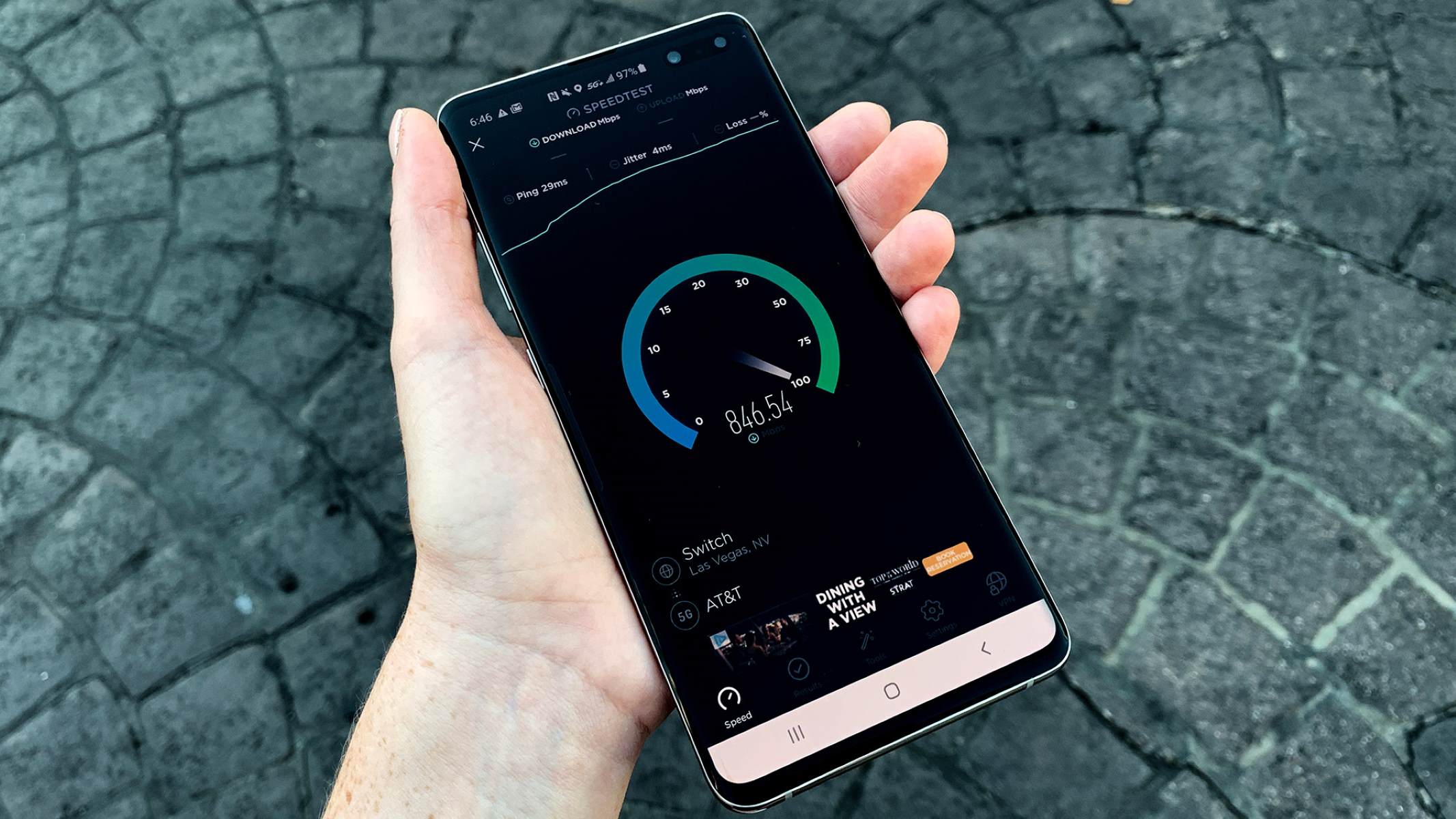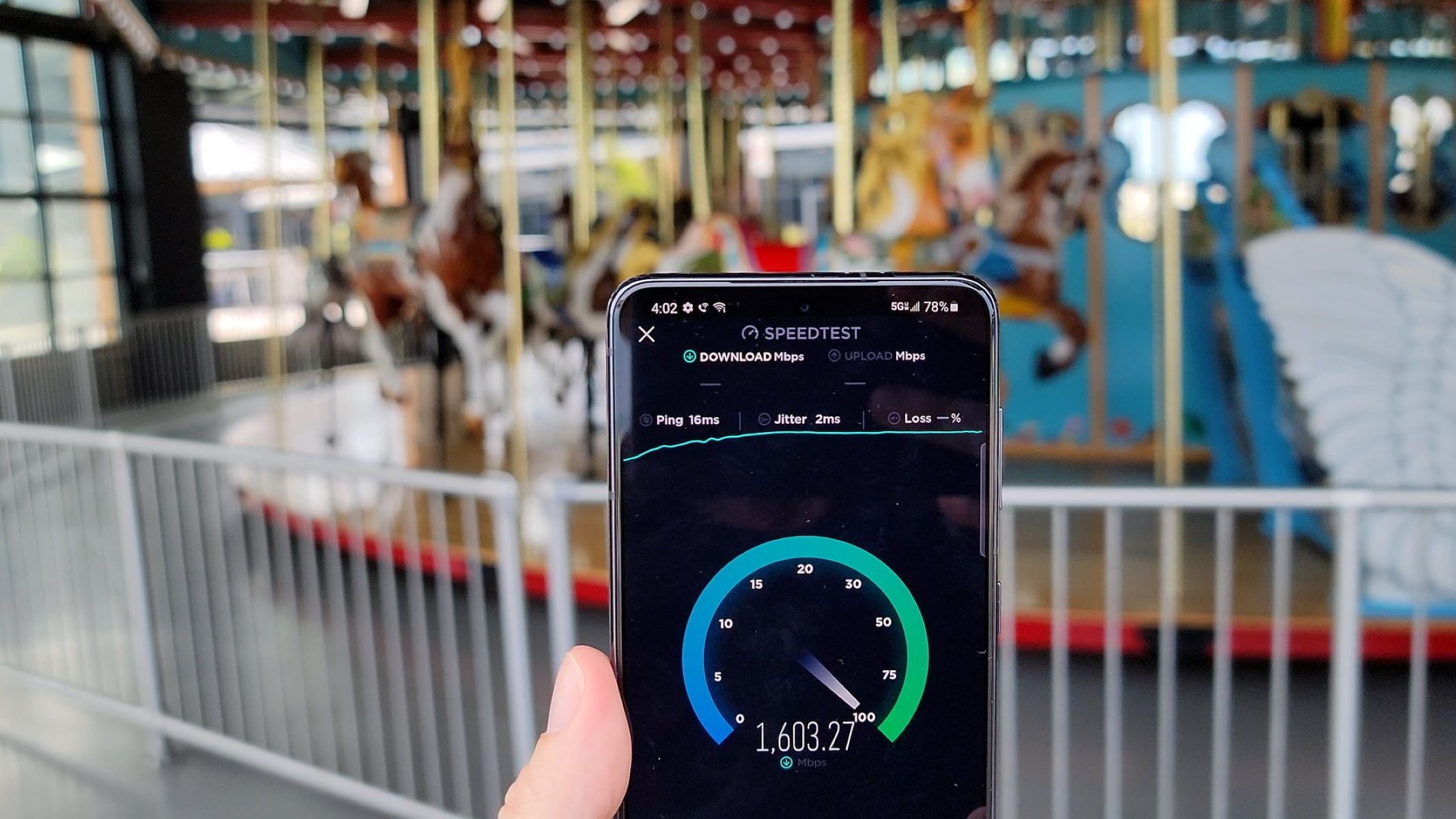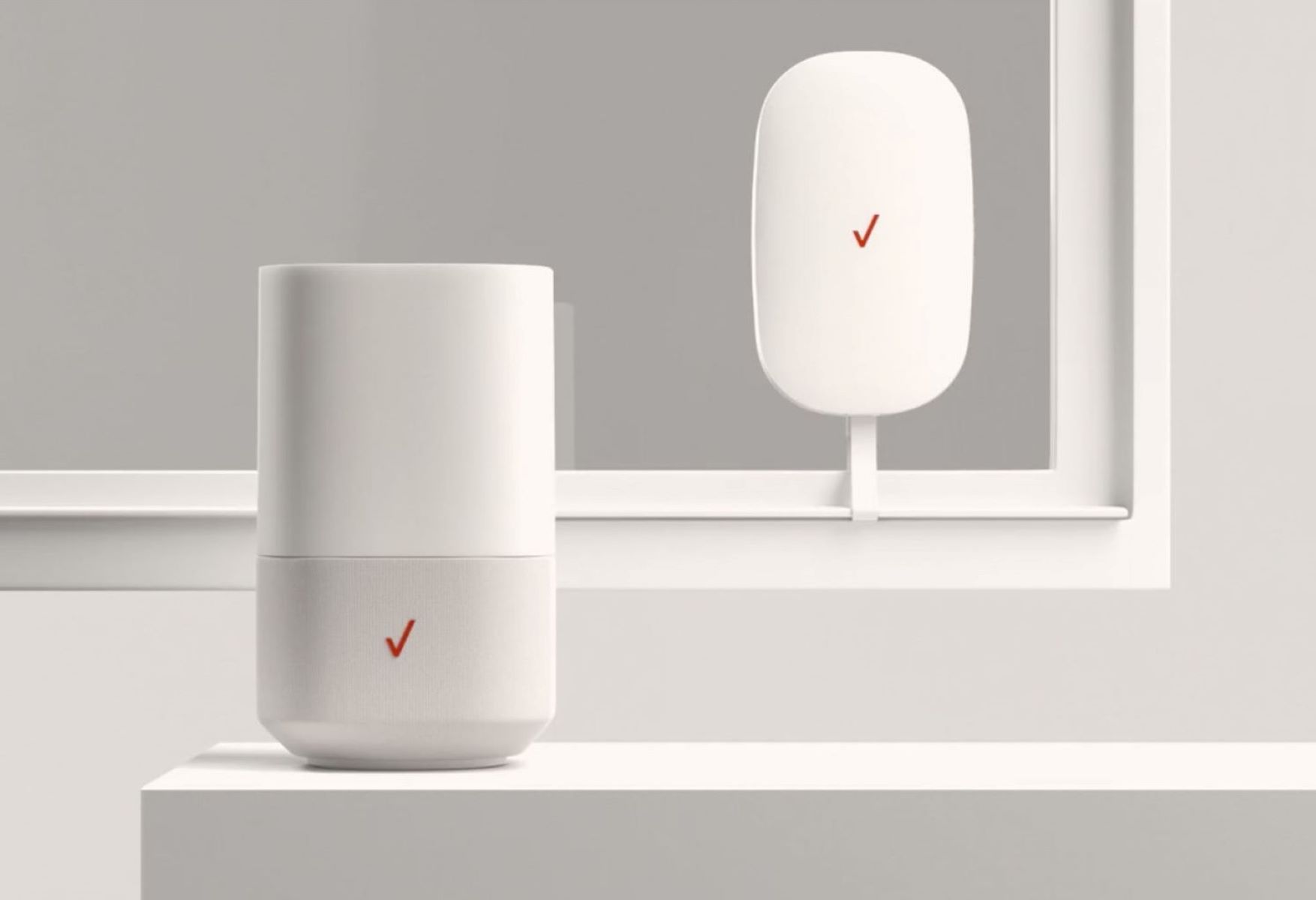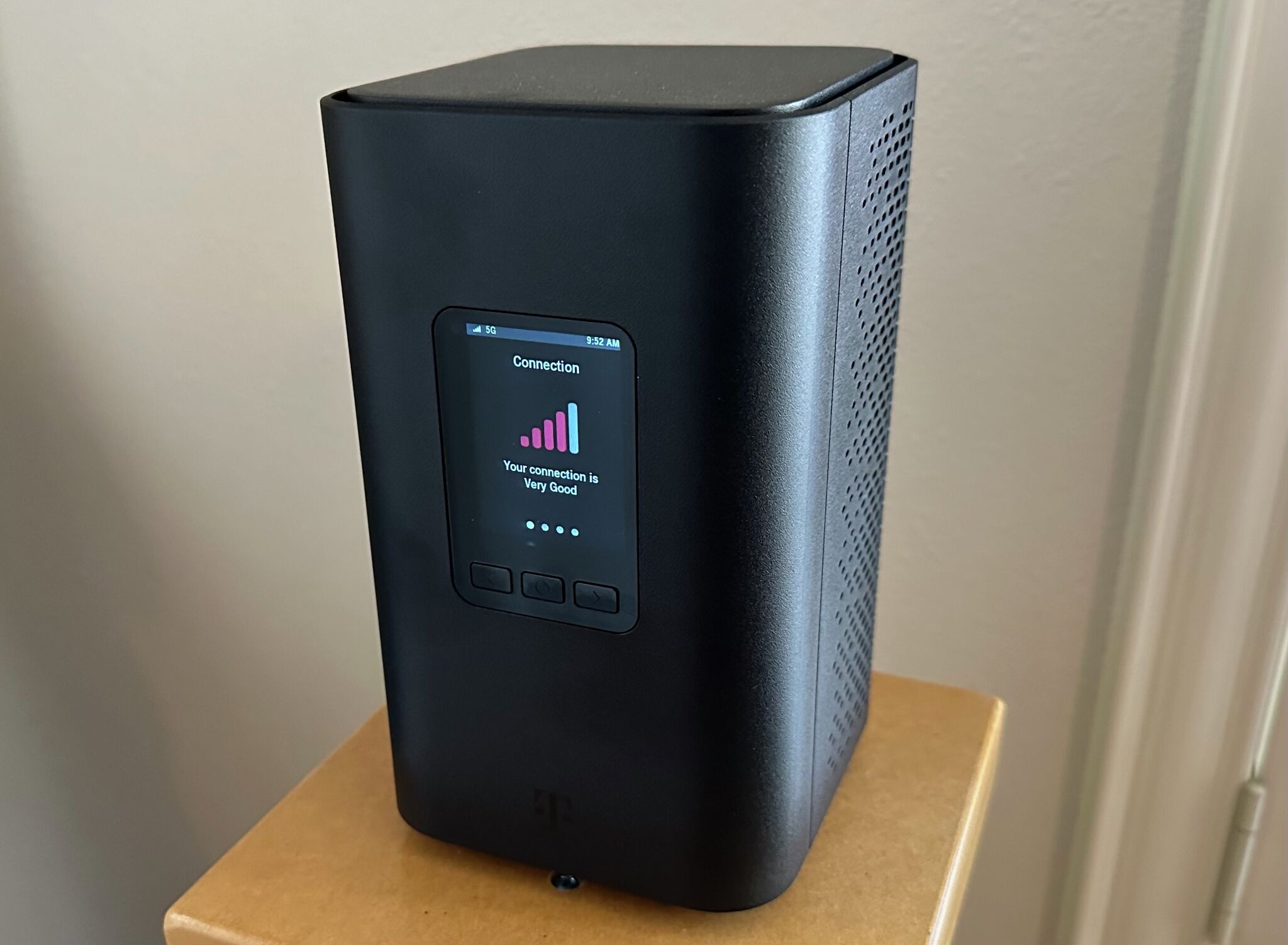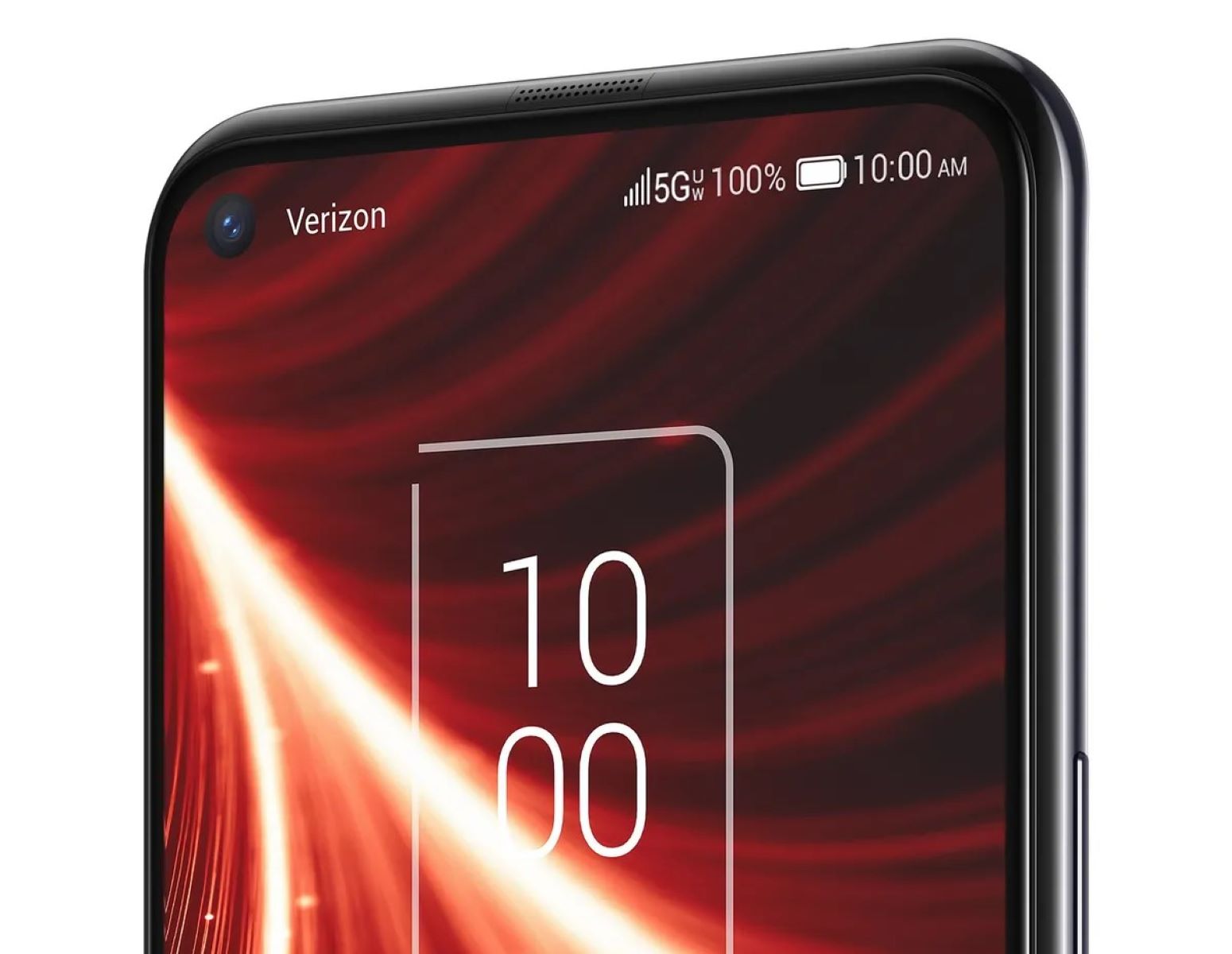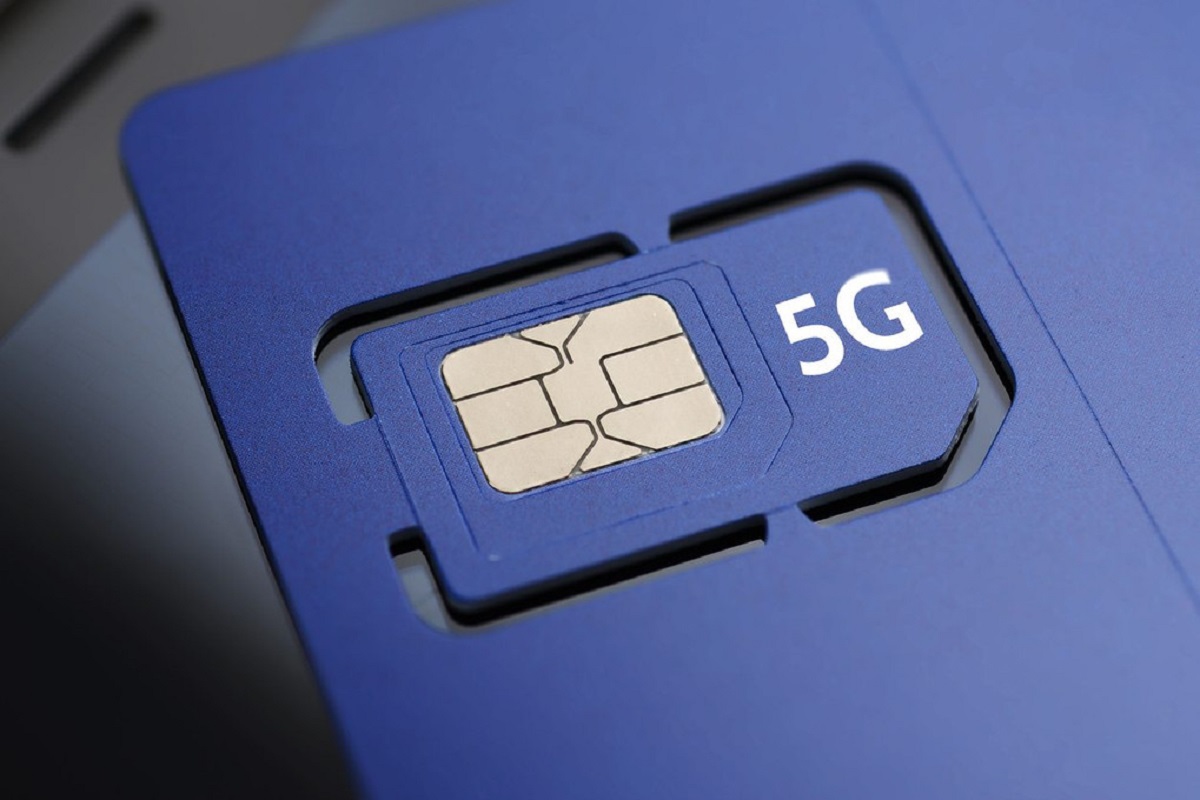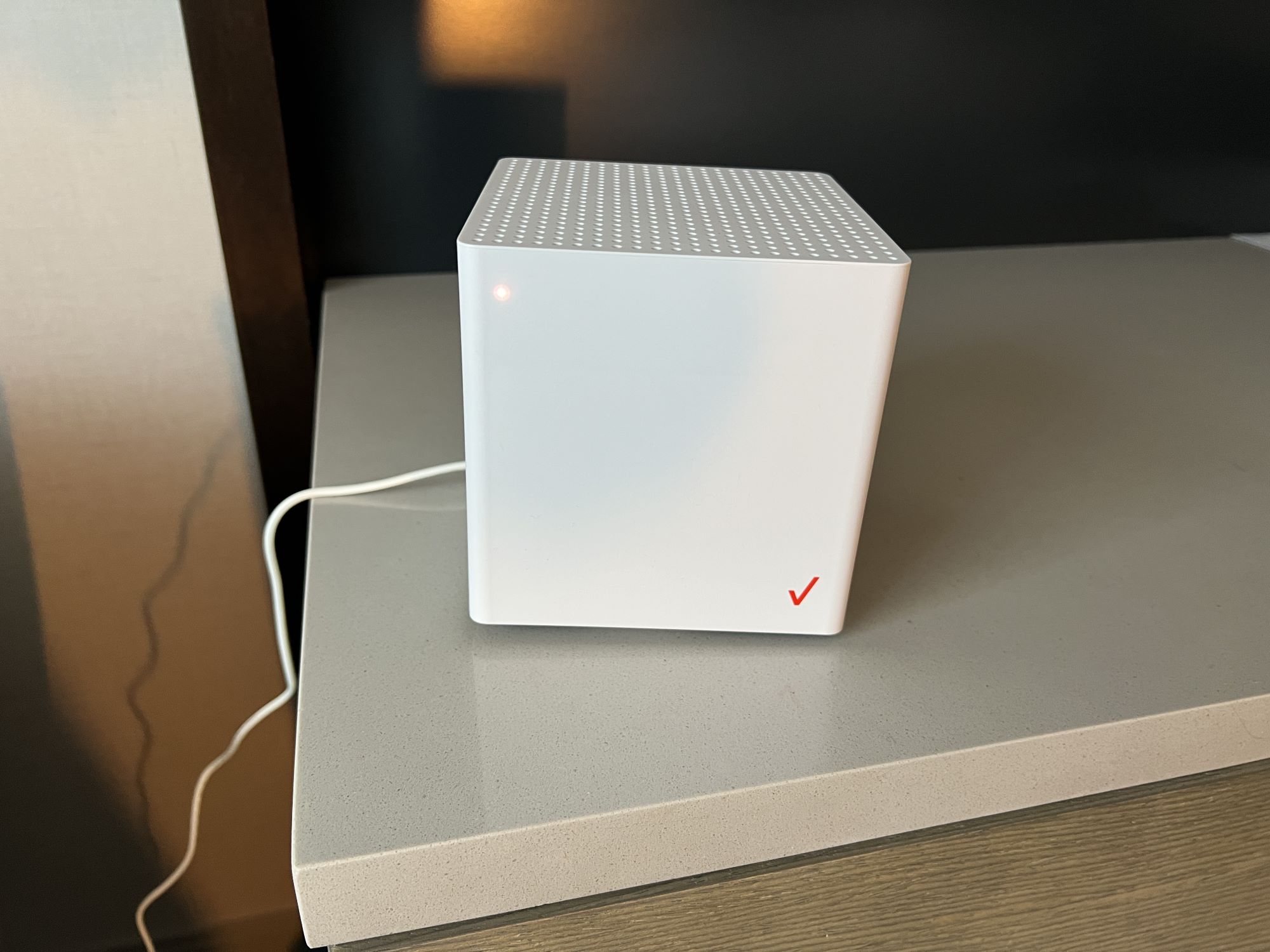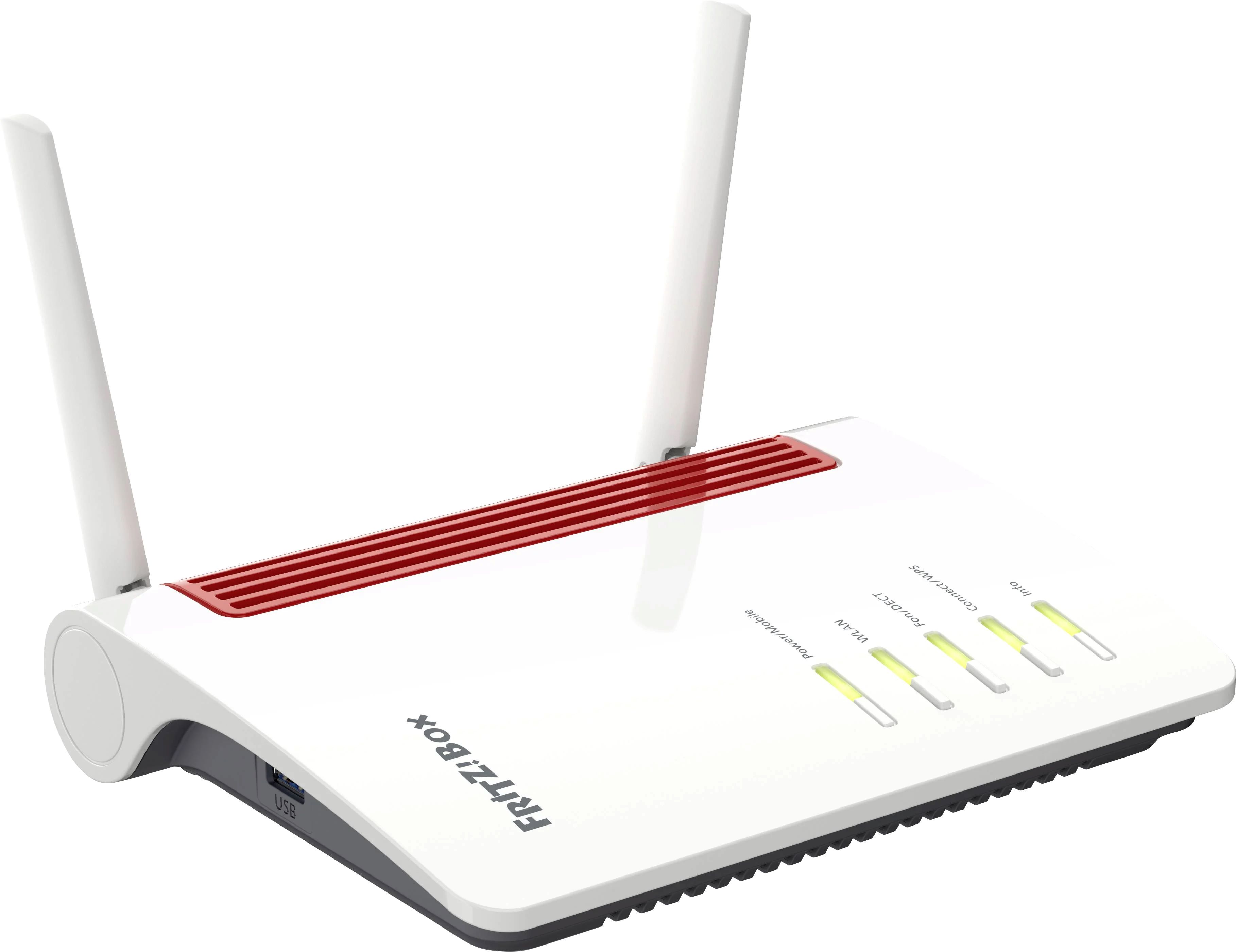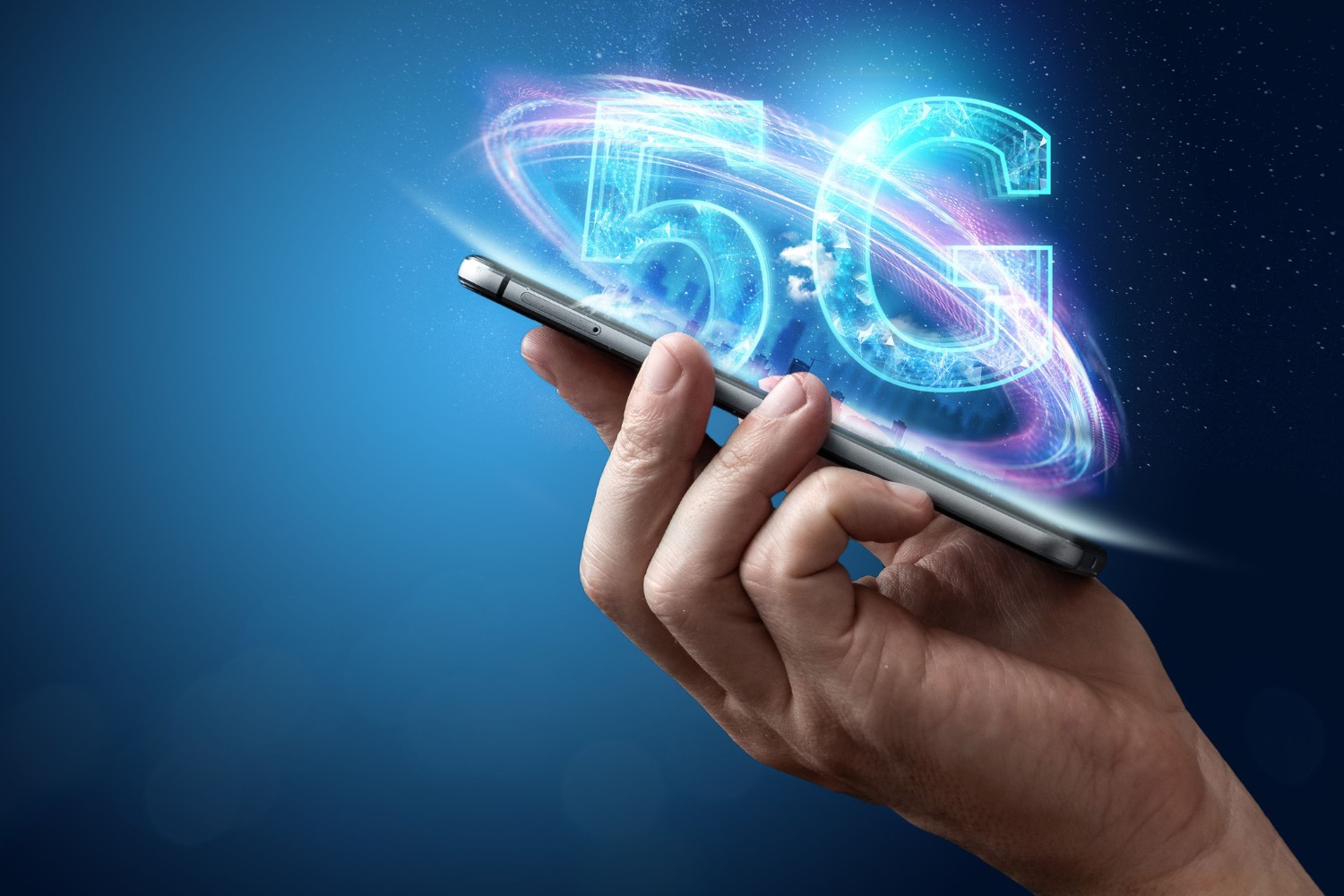What is 5G Technology?
5G technology, short for fifth-generation technology, refers to the latest and most advanced form of wireless communication. It is the successor to the previous 4G LTE (Long-Term Evolution) network, offering significant improvements in terms of speed, capacity, latency, and overall performance.
Unlike its predecessors, 5G utilizes a higher frequency band, allowing for faster data transmission speeds and quicker response times. This technology is based on advanced wireless technologies, including millimeter-wave (mmWave) and sub-6 GHz bands, which enable faster downloads, smoother streaming, and seamless connectivity.
5G technology is not solely limited to smartphones and tablets; its potential reaches far beyond that. It has the capability to revolutionize various sectors, including healthcare, transportation, manufacturing, and entertainment. With its low-latency and high-speed connectivity, 5G can facilitate innovations such as autonomous vehicles, remote surgeries, and augmented reality experiences.
One of the most prominent features of 5G technology is its ability to support a massive number of devices simultaneously. This is crucial for the growing Internet of Things (IoT), where numerous devices are interconnected and require reliable and fast connectivity. 5G networks can handle the vast amount of data generated by IoT devices, ensuring a seamless and efficient user experience.
In addition to its faster speeds, 5G technology offers significantly reduced latency compared to previous generations. Latency refers to the time it takes for data to travel from the source to the destination. With 5G, latency can be as low as a few milliseconds, enabling real-time interactions and enhancing applications that require instant responsiveness, such as online gaming, virtual reality, and remote control of machinery.
Overall, 5G technology represents a major leap in wireless communication, delivering unparalleled speed, capacity, and efficiency. It has the potential to transform multiple industries and revolutionize the way we live, work, and communicate. With its advanced capabilities, 5G is set to pave the way for a more connected and technologically advanced future.
Understanding the Speed of 5G
When we talk about the speed of 5G, we are referring to the data transfer rates that can be achieved on this advanced wireless network. 5G technology boasts impressive speeds that far surpass those of its predecessors. While 4G networks typically offer download speeds of around 100 Mbps (megabits per second), 5G is capable of reaching speeds of up to 10 Gbps (gigabits per second).
This exponential increase in speed has several implications. Firstly, it means that downloading large files, streaming high-quality videos, and accessing data-intensive applications will become much faster and more efficient on 5G-enabled devices. Users will experience minimal buffering and delays when interacting with online content, resulting in a smoother, more enjoyable browsing experience.
Moreover, the high-speed capabilities of 5G open up new possibilities for cutting-edge technologies and services. For instance, it will pave the way for the widespread adoption of augmented reality (AR) and virtual reality (VR) applications, where real-time rendering and streaming of high-resolution content are crucial to create an immersive user experience.
Another aspect of 5G speed worth mentioning is the significantly reduced latency it offers. Latency refers to the time it takes for data to travel from one point to another. In 5G networks, latency can be as low as 1 millisecond (ms), compared to an average of 50 ms in 4G networks. This ultra-low latency is essential for applications that require real-time interaction, such as autonomous vehicles, remote surgeries, and live online gaming.
It’s important to note that achieving the highest speeds of 5G may depend on various factors, including the network infrastructure, device capabilities, and geographical location. In densely populated areas with robust 5G coverage, users are more likely to experience the full potential of 5G speeds. In contrast, in remote or rural areas with limited coverage, the speeds may be lower initially but are expected to improve as network infrastructure expands.
Overall, 5G technology’s speed capabilities are groundbreaking. With its remarkable download speeds and ultra-low latency, 5G opens up a world of possibilities for faster, more connected experiences. As 5G networks continue to evolve and expand, we can expect even greater speed improvements and innovations that will reshape our digital landscape.
Comparing 5G Speed with Previous Generations
When looking at the speed of 5G, it’s important to understand how it compares to the speeds of previous generations, such as 4G and 3G. While all of these wireless technologies provide connectivity, 5G stands out for its significant advancements in speed and performance.
Compared to 4G networks, which typically offer download speeds of around 100 Mbps (megabits per second), 5G is a game-changer. It can achieve download speeds of up to 10 Gbps (gigabits per second), representing a staggering 100 times increase in data transfer rates. This means that on a 5G network, downloading movies, streaming high-definition content, and transferring large files will be incredibly fast and virtually instantaneous.
But the improvements don’t stop at download speeds. 5G technology also offers faster upload speeds compared to 4G. While 4G networks typically reach upload speeds of around 20 Mbps, 5G can achieve upload speeds of up to 1 Gbps, enabling seamless and rapid sharing of large files, photos, and videos.
Comparing 5G with its predecessor, 3G, the difference is even more profound. 3G networks generally have download speeds ranging from 0.5 to 2 Mbps, which are significantly slower than both 4G and 5G. Upload speeds on 3G networks are also much lower compared to 5G. This vast difference in speed means that tasks like video streaming, online gaming, and accessing data-intensive applications would be challenging on 3G networks, whereas 5G networks provide lightning-fast speeds and smooth performance.
In addition to faster speeds, the reduced latency in 5G networks is another notable improvement compared to previous generations. While 4G networks typically have latency of around 50 milliseconds (ms), 5G networks can achieve latency as low as 1 millisecond (ms). This near-instantaneous responsiveness is a significant step forward, allowing for real-time interactions and enhancing applications that require immediate feedback, such as autonomous vehicles and remote surgeries.
Overall, 5G technology presents a remarkable leap in speed performance when compared to its predecessors. Its ability to deliver significantly faster download and upload speeds, along with ultra-low latency, makes 5G a transformative force in the world of wireless communication.
Real-Life Examples of 5G Speed
As 5G technology continues to roll out globally, real-life examples are emerging that showcase its remarkable speed capabilities. These examples demonstrate the groundbreaking potential of 5G in various industries and everyday scenarios.
One prime example is the gaming industry. Gaming enthusiasts can now enjoy high-quality, low-latency gaming experiences on 5G networks. With 5G’s ultra-fast speeds and ultra-low latency, online gamers can engage in real-time multiplayer matches without experiencing frustrating lags or delays. Streaming game content and accessing cloud-based gaming platforms are also smoother and more seamless, enabling gamers to fully immerse themselves in the virtual worlds.
Another industry significantly impacted by 5G speed is healthcare. With 5G’s ability to transmit large amounts of data quickly, healthcare professionals can remotely monitor patients’ vital signs in real-time. This enables more efficient telemedicine services and allows for immediate consultations and diagnoses, even from remote locations. Moreover, 5G’s low latency is crucial for precise and time-sensitive procedures, such as remote surgeries or robotic-assisted surgeries, where even a slight delay can have serious consequences.
In the entertainment sector, we are beginning to see 5G’s impact on streaming services. With 5G’s faster download speeds, users can stream high-definition movies and TV shows seamlessly without any buffering or interruptions. This enables a more enjoyable and uninterrupted entertainment experience, especially for those on the go who rely on their smartphones or tablets for streaming content.
5G is also transforming transportation with its speed capabilities. Autonomous vehicles heavily rely on real-time data transmissions and near-instantaneous response times to navigate safely. With 5G’s ultra-low latency, these self-driving cars can communicate with their surroundings seamlessly, ensuring faster reactions to potential hazards and enabling more efficient traffic management systems.
Additionally, the Internet of Things (IoT) industry benefits greatly from 5G’s speed. IoT devices generate massive amounts of data that need to be transmitted quickly and efficiently. With 5G, these devices can connect and communicate seamlessly, opening up opportunities for smart homes, smart cities, and innovative applications that require real-time data analysis and decision-making.
These real-life examples highlight the transformative power of 5G technology in various sectors. From gaming and healthcare to entertainment and transportation, 5G’s speed capabilities are propelling industries forward and shaping a more connected and technologically advanced future.
Factors that can Affect 5G Speed
While 5G technology offers impressive speed capabilities, several factors can influence the actual speed that users experience. It’s essential to understand these factors to manage expectations and optimize the 5G experience.
The first factor is network coverage. Since 5G is still in the early stages of implementation, coverage may be limited to specific areas. The speed experienced by users will depend on the availability and strength of the 5G signal. In areas with robust 5G infrastructure and extensive coverage, users are more likely to experience faster speeds. However, in areas with weak or limited coverage, speeds may be slower or users may even rely on 4G networks until 5G coverage improves.
Another factor that can affect 5G speed is the device itself. Not all devices are created equal, and older devices may not be optimized to take full advantage of 5G technology. To experience the fastest speeds, it’s recommended to use a device that is 5G compatible and supports the necessary bands and frequencies.
Network congestion is also a factor to consider. As more users connect to a 5G network, the available bandwidth is shared among them. During peak times, when many people are using the network simultaneously, the speed may be impacted due to increased congestion. This is similar to how traffic on a road can slow down during rush hour. However, as network infrastructure continues to improve, congestion issues are expected to diminish over time.
The distance between the user and the 5G base station is another factor that can influence speed. 5G relies on millimeter-wave frequencies, which have a shorter range compared to lower frequency bands. If a user is far away from the base station, the signal may weaken, and the speed may decrease. Therefore, users located closer to the base station are likely to experience faster 5G speeds.
Lastly, it’s important to note that in some cases, the speed of the website or online service being accessed can affect the perception of 5G speed. If a website or online service is slow or experiencing high traffic, it may take longer to load, and the overall 5G experience may seem slower as a result. In such cases, the issue may not be with the 5G network itself, but rather with the performance of the specific website or service being accessed.
Overall, several factors can influence the speed experienced on a 5G network. Network coverage, device compatibility, network congestion, distance from the base station, and website or service performance are all important considerations. As 5G continues to expand and evolve, improvements in these areas will enhance the speed and reliability of the 5G experience for users.
What to Expect from 5G Speed in the Future
The future of 5G speed holds exciting possibilities as the technology continues to evolve and mature. With ongoing advancements and improvements, we can anticipate even faster and more robust 5G networks in the coming years.
One of the main areas of development is in network infrastructure. As more 5G base stations are deployed and network coverage is expanded, users will benefit from broader access to high-speed connectivity. This will result in better signal strength and increased overall speed, especially in areas that previously had limited 5G coverage.
Furthermore, advancements in technology will lead to more efficient use of the available spectrum. Currently, 5G operates on several frequency bands, including sub-6 GHz and millimeter-wave (mmWave). As researchers and engineers explore new techniques and spectrum allocation methods, we can expect to see improved efficiency, allowing for higher data transfer rates and even lower latency.
Additionally, the ongoing development of Massive MIMO (Multiple Input Multiple Output) technology will greatly enhance 5G speed. Massive MIMO allows for more antennas, which enables better signal coverage and increased capacity. With the ability to handle a greater number of devices within the network simultaneously, 5G speed will be further optimized, ensuring a seamless and ultra-fast user experience.
As 5G networks mature, the integration of other technologies will also contribute to enhanced speed. The implementation of edge computing, for example, will reduce the distance data needs to travel, leading to faster response times and reduced latency. This will be particularly beneficial for applications that require real-time interactions, such as autonomous vehicles and remote healthcare services.
Looking ahead, we can also expect continued advancements in device capabilities. Manufacturers will design smartphones, tablets, and other devices with improved processing power and optimized 5G connectivity. These advancements will complement the speed of 5G networks, allowing users to leverage the full potential of high-speed data transfers for a wide range of applications and services.
Another area of development is the integration of 5G with other technologies, such as artificial intelligence (AI) and the Internet of Things (IoT). The combination of 5G, AI, and IoT will further accelerate the speed of data processing and communication. Smart cities, for example, will benefit from robust, high-speed 5G networks that can handle the vast amount of data generated by IoT devices, leading to improved efficiency and quality of life for citizens.
In summary, the future of 5G speed holds tremendous promise. With advancements in infrastructure, spectrum utilization, Massive MIMO technology, edge computing, and device capabilities, we can anticipate even faster and more reliable 5G networks. As these developments continue, the speed of 5G will play a crucial role in driving innovation, transforming industries, and shaping the future of connectivity.







